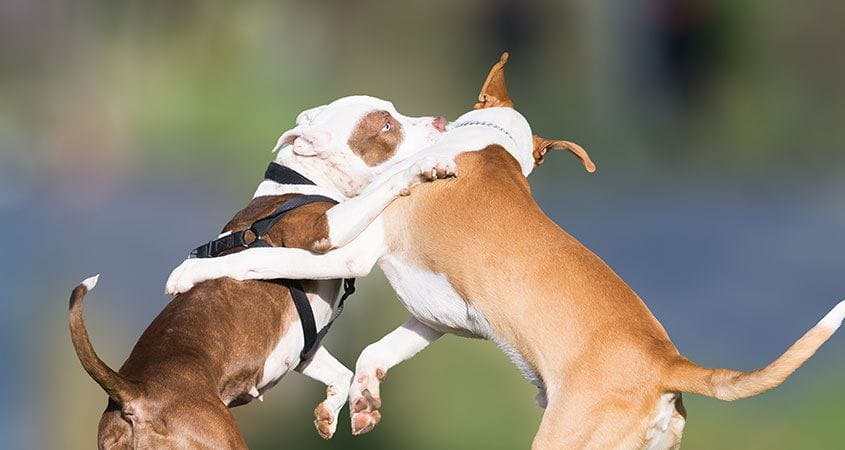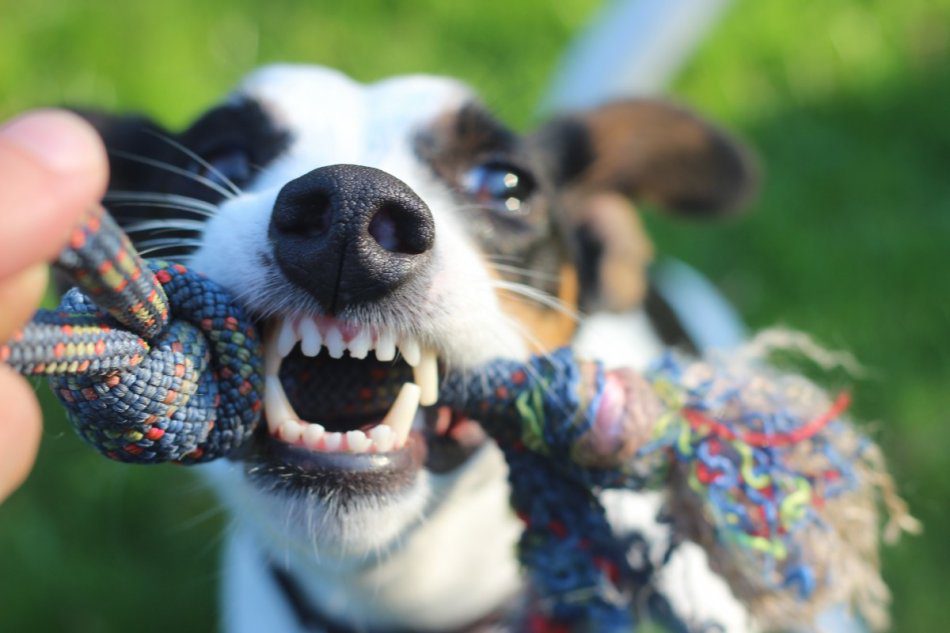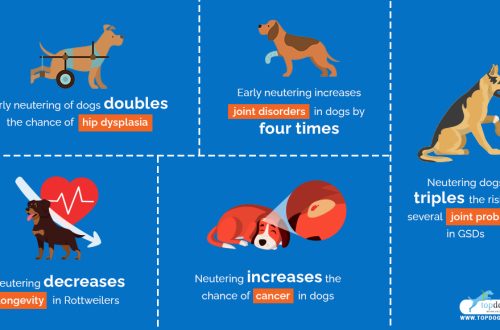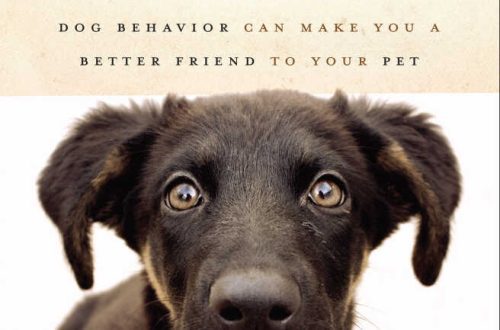
Fighting dominance in dogs: is there any benefit?
Until now, there are instructors and cynologists who any manifestations behavior problems dogs are attributed to “domination“. And invite owners to use methods aimed at showing “who chief in the pack.” Sometimes these methods are extremely cruel. Is this approach effective and is there any benefit in combating “dominance” in dogs?

Photo: www.pxhere.com
Contents
Is dog dominance worth fighting?
To answer the question, first, there are a few things to keep in mind.
Firstly, that dominance is not a trait of the personality of a particular dog, but of relationships between individuals. That is, to say that “my dog is dominant” is at least incorrect. Of course, there are qualities that will allow a dog to be more dominant in the company of other dogs – for example, courage and perseverance. But do not confuse courage with “dominance”.
Secondly, you need to remember that hierarchical status is a flexible thing, and there is no rigid hierarchy in a pack of dogs.
And thirdly, do not forget that what people most often call dominance is either learned aggression, unintentionally (or even intentionally) formed and reinforced by the owner, or a lack of training, or a symptom of the dog’s trouble (not a single living creature cannot behave normally under abnormal conditions).
Fourth, the leader is not the one who walks through the door first, but the one who provides security and allocates resources. And while it is you who decide when and where you go for a walk (the door, after all, is opened by you), where and what your dog eats (is the refrigerator at your disposal?), and she does not tell you whether you go to work and where exactly you will work, it is somewhat premature to consider that the dog dominates.
That is, dogs do not try to dominate people. Any behavioral problem is a symptom that something is not right in the dog’s life, and you need to work with the cause, not the symptom.
Otherwise, it is like treating only the cough of pneumonia. The cough will probably go away – along with the death of the patient, if pneumonia is not treated specifically. But if pneumonia is cured, the cough will also go away.

Photo: pixabay.com
What methods are offered by the proponents of the “fight against dominance” and are these methods effective?
The methods offered by supporters of the fight against dog “dominance” can be divided into several groups:
- Setting the rules: do not let the dog on the bed do not give the opportunity to go through the door first to feed after all family members have eaten, etc. There is a healthy grain in this, but not at all because such rules help “put the dog in its place.” It doesn’t matter who eats first or walks through the door. After all, the leader of the pack doesn’t always go first. The benefit here is that the owner gives the dog a clear frame of reference, which means it behaves consistently, increases predictability, and reduces pet anxiety. An important point: the rules should not have exceptions, otherwise it turns the dog’s life into chaos and leads to aggravation of problems. In this case, the rules can be any, convenient for the owner and understandable (and doable!) For the dog.. It has nothing to do with dominance, it has nothing to do with the conditions of the dog’s life, nothing more and nothing less.
- Food, water, toys, walks and other joys the dog must earn, nothing should be given to her just like that. Indeed, you can use, for example, part of the dog’s daily diet (or even the whole thing) as a reward in training. You can reward the dog with a game if it has followed the owner’s command. You can teach your dog to go for a walk only after he sits in front of the door, without jumping and barking. On one condition – if all this does not violate five freedoms dogs, that is, does not pose a threat to its well-being. Does it have anything to do with “dominance”? No, this is normal training, nothing more and nothing less. And there are many ways to explain how to behave to a dog, and positive reinforcement is one of the most effective.
- Do not under any circumstances play games. This also has a healthy grain, since during such games the dog is excited, and if the owner does not know how to notice signs of overexcitation and stop in time, such games can exacerbate behavioral problems. In addition, overexcited, the dog in excitement can, for example, grab the owner by the hand when trying to take away the toy. But this does not mean at all that you need to give up playing with the dog, including constriction. It is useful to play with a dog, it improves contact with the owner, increases the dog’s motivation, but you should know when to stop and avoid overexcitation. It also has nothing to do with dominance, just a matter of the owner’s observation and attention to the pet’s needs and condition.
- Tips for hitting a dog, shaking by the scruff of the neck, pressing to the ground, biting a pet, growling at him, direct eye contact, alpha flips, strangulation, etc.. These tips are not just not useful, they are terrible and harmful, as they either cause reciprocal aggression on the part of the dog, or teach the dog to be afraid of the owner and in any case definitely destroy contact with him. These tips are, in fact, a provocation of aggression and a direct path to behavioral problems and diseases associated with distress (“bad” stress). They are also bad because they allow the owner shifting responsibility solely to the dog instead of looking for the cause of the problems and working with it. In fact, this is advice to drink cough medicine (and nothing more) for pneumonia. Nothing good will come of it.

Photo: pixabay.com
Even scientists who still adhere to the idea of the existence of a “dominance” of a dog in relations with a person (and the number of such scientists, it must be said, is steadily decreasing), emphasize that the use of force in dealing with a dog is unacceptable (this does not increase the status of a person in any way), How to train your dog with positive reinforcementas it teaches the owner to give clear signals and the dog to obey (Shilder at al. 2013).





